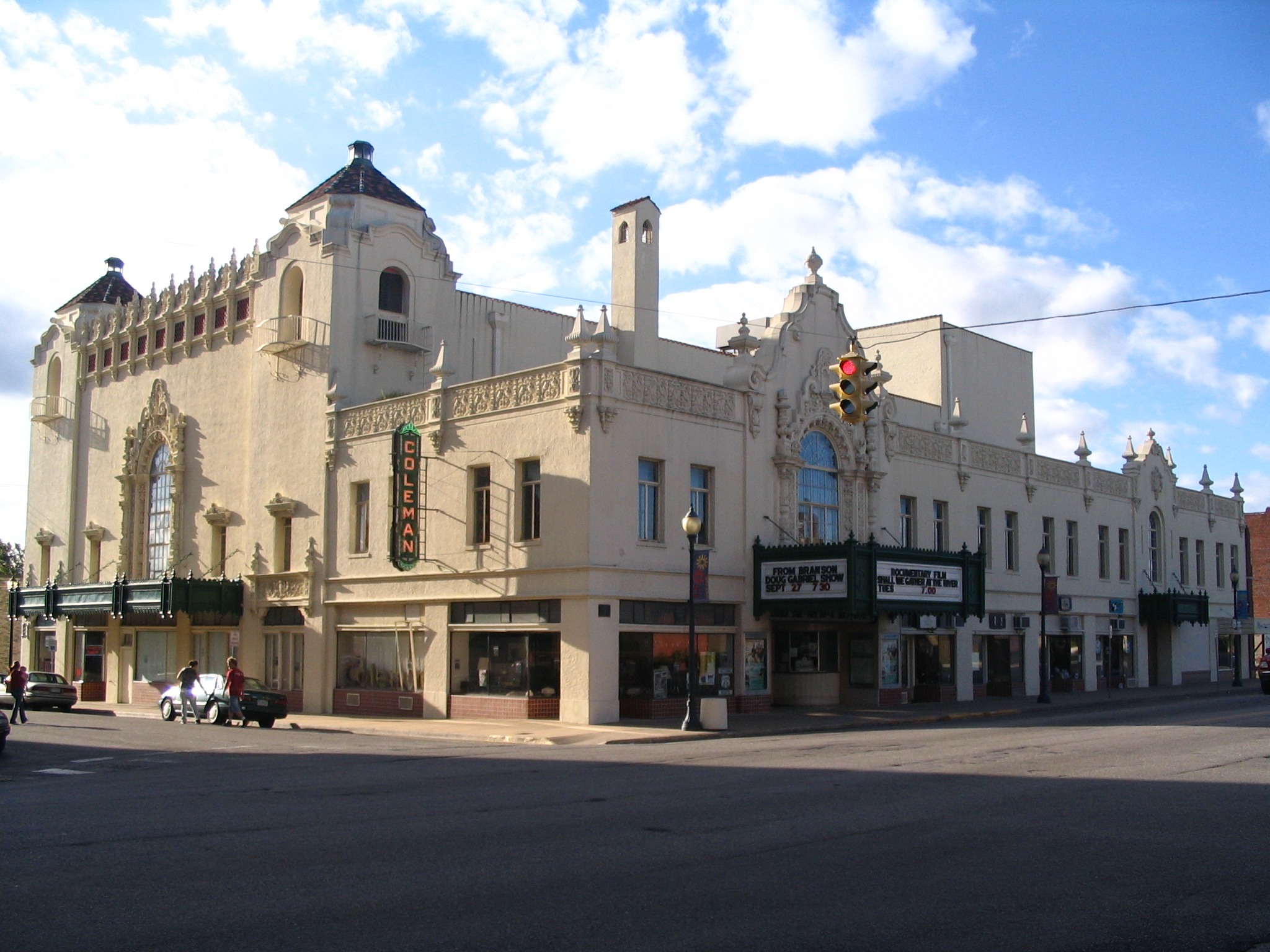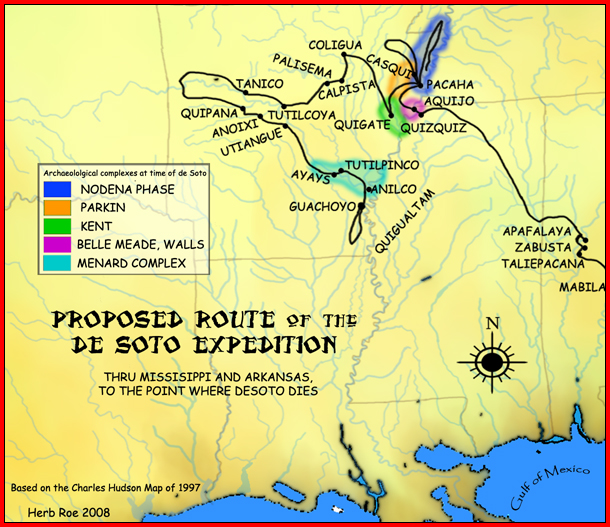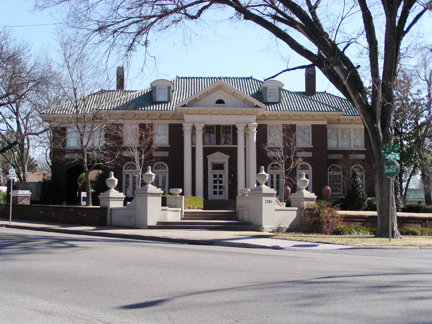|
Moscelyne Larkin
Edna Moscelyne Larkin Jasinski (January 14, 1925 – April 25, 2012) was an American ballerina and one of the " Five Moons", Native American ballerinas from Oklahoma who gained international fame in the 20th century. After dancing with the Original Ballet Russe and the Ballet Russe de Monte Carlo, she and her husband settled in Tulsa, Oklahoma, where in 1956 they founded the Tulsa Ballet and its associated school. It became a major regional company in the American Southwest and made its New York City debut in 1983. She is portrayed in the mural ''Flight of Spirit'' displayed in the Rotunda of the Oklahoma State Capitol building. Early life and education Edna Moscelyne Larkin was born in Miami, Oklahoma in 1925, the only daughter of Eva Matlagova-Larkin, a young dancer from Russia, and Rueben Francis Larkin, an Eastern Shawnee-Peoria Indian. Her mother trained her in ballet until the girl was old enough to move to New York City to further her studies. There she studied u ... [...More Info...] [...Related Items...] OR: [Wikipedia] [Google] [Baidu] |
Miami, Oklahoma
Miami ( ) is a city in and county seat of Ottawa County, Oklahoma, United States, founded in 1891. Lead and zinc mining were established by 1918, causing the area's economy to boom. This area was part of Indian Territory. Miami is the capital of the federally recognized Miami Tribe of Oklahoma, after which it is named; the Modoc Tribe of Oklahoma, the Ottawa Tribe of Oklahoma, the Peoria Tribe of Indians, and the Shawnee Tribe. As of the 2020 census, the population was 12,969. History The city was founded in an unusual way, compared to other towns established in Indian Territory. Per the ''Encyclopedia of Oklahoma History and Culture'' "... it was settled in a business-like way by men of vision who looked into the future and saw possibilities. It didn't just grow. It was carefully planned." W. C. Lykins petitioned the U.S. Congress to pass legislation on March 3, 1891, to establish the town. He met with Thomas F. Richardville, chief of the Miami Tribe of Oklahoma, who agree ... [...More Info...] [...Related Items...] OR: [Wikipedia] [Google] [Baidu] |
Serge Denham
Serge may refer to: *Serge (fabric), a type of twill fabric *Serge (llama) (born 2005), a llama in the Cirque Franco-Italien and internet meme *Serge (name), a masculine given name (includes a list of people with this name) *Serge (post), a hitching post used among the Buryats and Yakuts *Serge synthesizer, a modular synthesizer See also *Overlock, a type of stitch known as "serger" in North America *Surge (other) *Serg (other) {{disambiguation ... [...More Info...] [...Related Items...] OR: [Wikipedia] [Google] [Baidu] |
Cherokee
The Cherokee (; chr, ᎠᏂᏴᏫᏯᎢ, translit=Aniyvwiyaʔi or Anigiduwagi, or chr, ᏣᎳᎩ, links=no, translit=Tsalagi) are one of the indigenous peoples of the Southeastern Woodlands of the United States. Prior to the 18th century, they were concentrated in their homelands, in towns along river valleys of what is now southwestern North Carolina, southeastern Tennessee, edges of western South Carolina, northern Georgia, and northeastern Alabama. The Cherokee language is part of the Iroquoian language group. In the 19th century, James Mooney, an early American ethnographer, recorded one oral tradition that told of the tribe having migrated south in ancient times from the Great Lakes region, where other Iroquoian peoples have been based. However, anthropologist Thomas R. Whyte, writing in 2007, dated the split among the peoples as occurring earlier. He believes that the origin of the proto-Iroquoian language was likely the Appalachian region, and the split betw ... [...More Info...] [...Related Items...] OR: [Wikipedia] [Google] [Baidu] |
Quapaw
The Quapaw ( ; or Arkansas and Ugahxpa) people are a tribe of Native Americans that coalesced in what is known as the Midwest and Ohio Valley of the present-day United States. The Dhegiha Siouan-speaking tribe historically migrated from the Ohio Valley area to the west side of the Mississippi River in what is now the state of Arkansas; their name for themselves (or autonym) refers to this migration and to traveling downriver. The Quapaw are federally recognized as the Quapaw Nation. The US federal government forcibly removed them to Indian Territory in 1834, and their tribal base has been in present-day Ottawa County in northeastern Oklahoma. The number of members enrolled in the tribe was 3,240 in 2011. Name Algonquian-speaking people called the Quapaw ''akansa''. French explorers and colonists learned this term from Algonquians and adapted it in French as ''Arcansas''. The French named the Arkansas River and the territory of Arkansas for them. Government The Quapaw Nat ... [...More Info...] [...Related Items...] OR: [Wikipedia] [Google] [Baidu] |
University Of Tulsa
The University of Tulsa (TU) is a private research university in Tulsa, Oklahoma. It has a historic affiliation with the Presbyterian Church and the campus architectural style is predominantly Collegiate Gothic. The school traces its origin to the Presbyterian School for Girls, which was established in 1882 in Muskogee, Oklahoma, then a town in Indian Territory, and which evolved into an institution of higher education named Henry Kendall College by 1894. The college moved to Tulsa, another town in the Creek Nation during 1904, before the state of Oklahoma was created. In 1920, Kendall College was renamed the University of Tulsa. The University of Tulsa is Carnegie Classification of Institutions of Higher Education, classified"> University of Tulsa. "History & Traditions." Undated. The ... [...More Info...] [...Related Items...] OR: [Wikipedia] [Google] [Baidu] |
Southwestern United States
The Southwestern United States, also known as the American Southwest or simply the Southwest, is a geographic and cultural region of the United States that generally includes Arizona, New Mexico, and adjacent portions of California, Colorado, Nevada, Oklahoma, Texas, and Utah. The largest cities by metropolitan area are Phoenix, Las Vegas, El Paso, Albuquerque, and Tucson. Prior to 1848, in the historical region of Santa Fe de Nuevo México as well as parts of Alta California and Coahuila y Tejas, settlement was almost non-existent outside of Nuevo México's Pueblos and Spanish or Mexican municipalities. Much of the area had been a part of New Spain and Mexico until the United States acquired the area through the Treaty of Guadalupe Hidalgo in 1848 and the smaller Gadsden Purchase in 1854. While the region's boundaries are not officially defined, there have been attempts to do so. One such definition is from the Mojave Desert in California in the west (117° west longit ... [...More Info...] [...Related Items...] OR: [Wikipedia] [Google] [Baidu] |
Rodeo (Copland)
''Rodeo'' is a ballet composed by Aaron Copland and choreographed by Agnes de Mille, which premiered in 1942. Subtitled "''The Courting at Burnt Ranch''", the ballet consists of five sections: " Buckaroo Holiday", " Corral Nocturne", " Ranch House Party", "Saturday Night Waltz", and "Hoe-Down". The symphonic version omits "Ranch House Party", leaving the other sections relatively intact. Genesis The original ballet was choreographed by Agnes de Mille for the Ballet Russe de Monte-Carlo, a dance company that moved to the United States during World War II. In order to compete with the rival company Ballet Theatre, the Ballet Russe commissioned de Mille out of a career of relative obscurity. The choreographer was given considerable creative control, choosing Aaron Copland as the composer after being impressed by his previous ballet, ''Billy the Kid''. Though Copland was initially reluctant to compose "another Cowboy ballet," De Mille persuaded him that this show would mark a signifi ... [...More Info...] [...Related Items...] OR: [Wikipedia] [Google] [Baidu] |
Aaron Copland
Aaron Copland (, ; November 14, 1900December 2, 1990) was an American composer, composition teacher, writer, and later a conductor of his own and other American music. Copland was referred to by his peers and critics as "the Dean of American Composers". The open, slowly changing harmonies in much of his music are typical of what many people consider to be the sound of American music, evoking the vast American landscape and pioneer spirit. He is best known for the works he wrote in the 1930s and 1940s in a deliberately accessible style often referred to as "populist" and which the composer labeled his "vernacular" style. Works in this vein include the ballets ''Appalachian Spring'', ''Billy the Kid'' and ''Rodeo'', his ''Fanfare for the Common Man'' and Third Symphony. In addition to his ballets and orchestral works, he produced music in many other genres, including chamber music, vocal works, opera and film scores. After some initial studies with composer Rubin Goldmark, Coplan ... [...More Info...] [...Related Items...] OR: [Wikipedia] [Google] [Baidu] |
Cowgirl
A cowboy is an animal herder who tends cattle on ranches in North America, traditionally on horseback, and often performs a multitude of other ranch-related tasks. The historic American cowboy of the late 19th century arose from the ''vaquero'' traditions of northern Mexico and became a figure of special significance and legend.Malone, J., p. 1. A subtype, called a wrangler, specifically tends the horses used to work cattle. In addition to ranch work, some cowboys work for or participate in rodeos. Cowgirls, first defined as such in the late 19th century, had a less-well documented historical role, but in the modern world work at identical tasks and have obtained considerable respect for their achievements. Cattle handlers in many other parts of the world, particularly South America and Australia, perform work similar to the cowboy. The cowboy has deep historic roots tracing back to Spain and the earliest European settlers of the Americas. Over the centuries, differences in te ... [...More Info...] [...Related Items...] OR: [Wikipedia] [Google] [Baidu] |
Agnes De Mille
Agnes George de Mille (September 18, 1905 – October 7, 1993) was an American dancer and choreographer. Early years Agnes de Mille was born in New York City into a well-connected family of theater professionals. Her father William C. deMille and her uncle Cecil B. DeMille were both Hollywood directors. Her mother, Anna Angela George, was the daughter of Henry George, the economist. On her father's side, Agnes was the granddaughter of playwrights Henry Churchill de Mille and Matilda Beatrice deMille. Her paternal grandmother was of German-Jewish descent. She had a love for acting and originally wanted to be an actress, but was told that she was "not pretty enough", so she turned her attention to dance. As a child, she had longed to dance, but dance at this time was considered more of an activity, rather than a viable career option, so her parents refused to allow her to dance. She did not seriously consider dancing as a career until after she graduated from college. When d ... [...More Info...] [...Related Items...] OR: [Wikipedia] [Google] [Baidu] |
Gaîté Parisienne
''Gaîté Parisienne'' (literally, "Parisian Gaiety") is a 1938 ballet choreographed by Léonide Massine (1896-1979) to music by Jacques Offenbach (1819-1880) arranged and orchestrated many decades later by Manuel Rosenthal (1904-2003) in collaboration with Jacques Brindejonc-Offenbach, the composer's nephew. With a libretto and décor by Comte Étienne de Beaumont and costumes executed by Barbara Karinska, it was first presented by the Ballet Russe de Monte-Carlo at the Théâtre de Monte Carlo on 5 April 1938. Synopsis Performed in one act, the ballet does not have a conventional narrative. Instead, it depicts the amorous flirtations, convivial dancing, and high spirits of a diverse group of people who patronize a fashionable Paris café one evening during the period of the Second Empire (1851–1870). Members of various social classes are among the participants. As the curtain opens, four waiters and four cleaning women are preparing the room for the evening's entertainment. ... [...More Info...] [...Related Items...] OR: [Wikipedia] [Google] [Baidu] |





